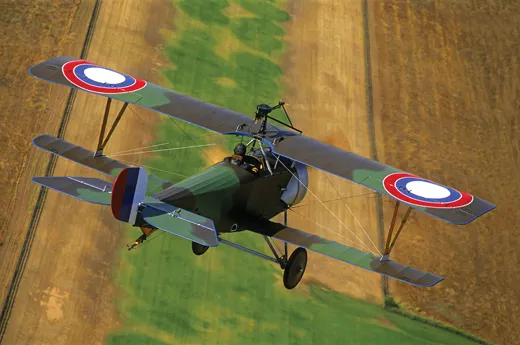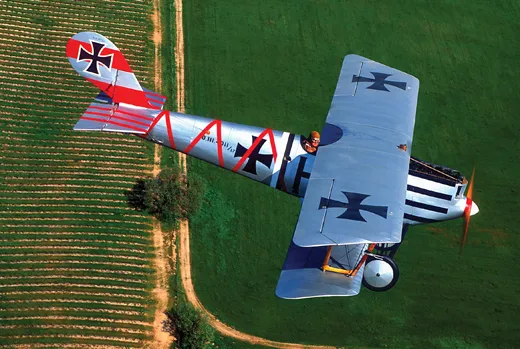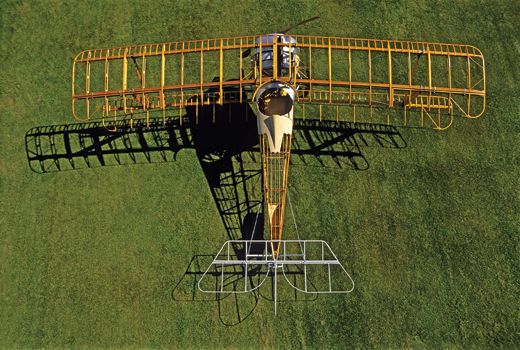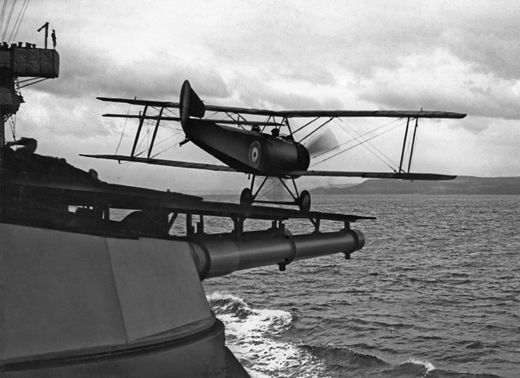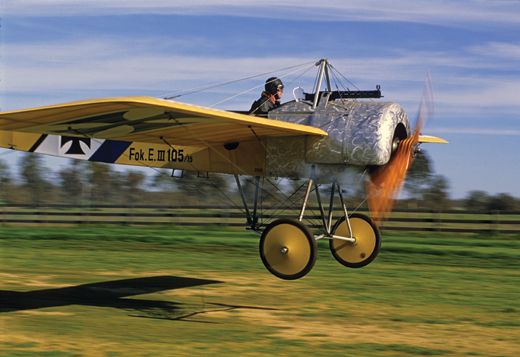The Great Warplanes
Portraits of military aviation’s first fleet.
/https://tf-cmsv2-smithsonianmag-media.s3.amazonaws.com/filer/great_warplanes_388-nov06.jpg)
Phil Makanna has more than three decades of experience photographing old aircraft. His impeccably composed portraits of vintage warplanes have made his “Ghosts” books and calendars the gold standard of aviation Christmas gifts. But Makanna has always focused on the aircraft of World War II. Then in 2000 he met the Aeroplane Collection.
The privately owned Aeroplane Collection is dedicated to restoring and preserving engines and aircraft from World War I. The collection currently owns 21 craft, both vintage and reproductions. Based in Paso Robles, California, it is also an easy trip from Makanna’s San Francisco home.
Makanna began photographing the aircraft, eventually making 31 visits to the collection. He watched as four “small piles of lumber” slowly became aircraft that left the ground powered by engines nearly 90 years old. All told, he spent five years making portraits of the fleet. The result is the book Ghosts of the Great War: Aviation in World War One (Ghosts, 2005). Makanna’s color portraits are complemented throughout by black-and-white archival images of the same aircraft types.
Helping Makanna get the air-to-air shots was Aeroplane Collection principal Javier Arango, who flew most of the camera plane missions and many of the warplanes. Arango also wrote the book’s introduction. In it, he notes that in 1914, when the Great War began, the world had very few airplanes: France, only 250; Germany, 300. But with the conflict in the trenches stalling out, strategists turned to aviation, and designers responded quickly. Fokker, for example, designed and built more than 60 prototypes during the war. “Almost every conceivable aerial variation was tried,” writes Arango, “from monoplanes to aircraft with five wings.”
By the end of the war, in 1918, France had produced 52,000 aircraft, Germany, 48,000, and Britain, 43,000. The numbers make it clear: The aircraft of World War I are “technological artifacts resulting from serial production,” says Arango. But Makanna’s photographs show that the old beauties also “still belong to an age of craftsmanship, exquisite details and individual pilots.”
More of Makanna's photographs Cecil Lewis.
